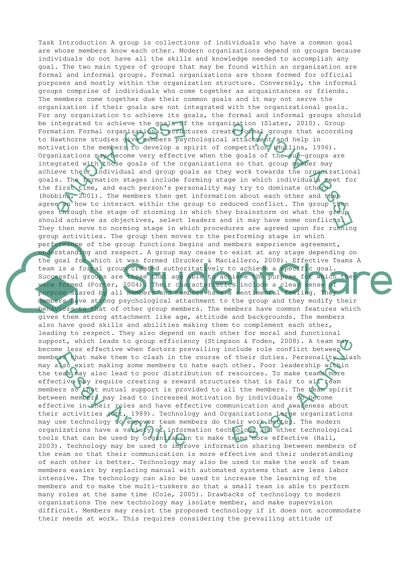Business Organisations Coursework Example | Topics and Well Written Essays - 750 words. Retrieved from https://studentshare.org/business/1438455-business-organisations-answer
Business Organisations Coursework Example | Topics and Well Written Essays - 750 Words. https://studentshare.org/business/1438455-business-organisations-answer.


